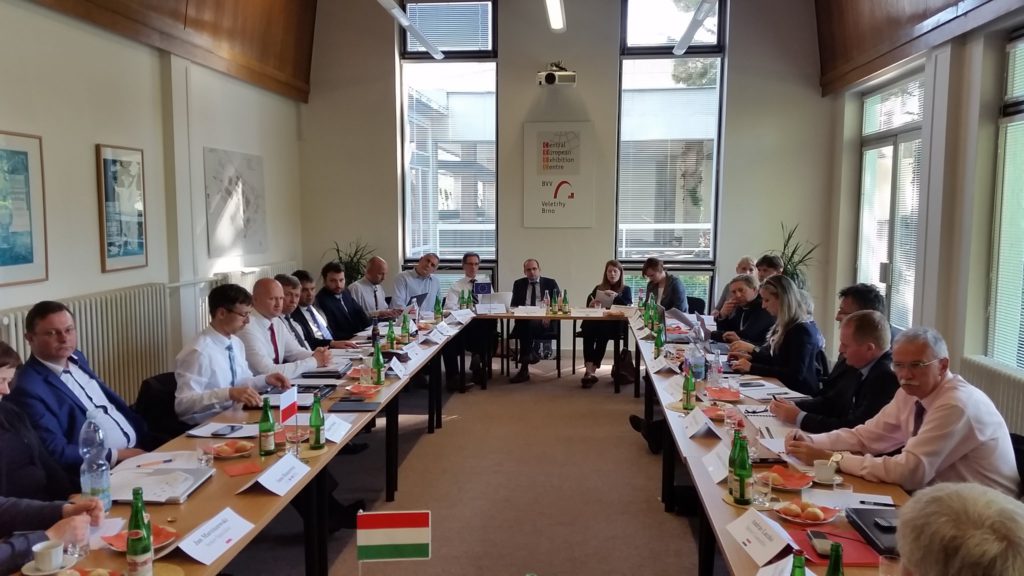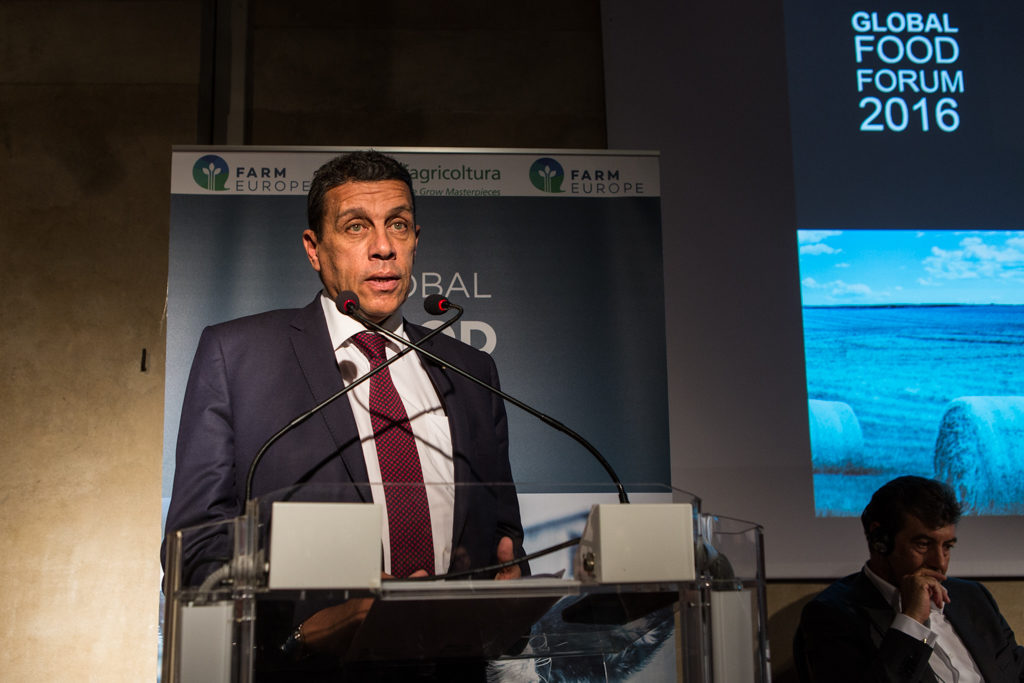Farm Europe’s Green Energy Platfrom welcomes the opinion approved yesterday by the agricultural committee of the European Parliament on the Renewable Energy Directive. This opinion, going beyond ideology and traditional political barriers is a clear recognition of the capacity of the European Agricultural sector to act as a sustainable energy provider. It’s a positive signal for both, EU citizens that must be in a position to rely on a forward looking farming sector, able to cope with climate change, and EU farmers that must be recognised as a cornerstone of the emerging bioeconomy.
A decade ago, the European Union set regulatory measures to tackle climate change and EU dependency on fossil fuels, via minimum targets, which allowed the development of a biofuel sector in Europe, without any EU subsidies. At that time, the assumption was that the traditional oil companies which are in direct contact with EU consumers would never give room for this source of renewable and cleaner energy without a clear mandate established by law. This assumption remains valid today.
The societal benefits from biofuels made from EU feedstocks (cereals or oilseeds) are well established and documented. These biofuels have a positive impact on the environment – a reduction of minimum 50% GHG emissions in comparison with fossil fuels, to say the least ; on rural economies, generating more than 290.000 jobs ; and on trade balance, saving more than 10 billion euros of imports of both fossil fuels and animal feeds.
A solid analysis of facts shows that during its main development period (2000-2015), the biofuels sector, in Europe, had no negative effect neither on food availability and prices, nor on agricultural land. Without being the culprit for increasing food prices, biofuels strengthened the resilience and profitability of the EU agricultural sector and rural communities, especially in the less competitive agriculture areas, offering a stable demand and increased revenues to a struggling sector.
Moreover, these biofuels contribute to enhance global food security by allowing the development of a credible EU high-protein feed supply chain – 13 million tonnes of feeds “made in Europe” every year.
Therefore, RED II should clearly differentiate biofuels that are made from EU feedstocks and that contribute to the supply of the EU market with both feed and fuels, from other and more controversial biofuels, and secure a specific mandate for the highly sustainable crop-based biofuels (HSCB), as proposed by the Agriculture Committee of the European Parliament.

 Michel Barnier, the European Commission lead Brexit negotiator, participated today in a breakfast-debate in Farm Europe on the challenges of Brexit to the EU at large, and in particular to the EU agri-food sector.
Michel Barnier, the European Commission lead Brexit negotiator, participated today in a breakfast-debate in Farm Europe on the challenges of Brexit to the EU at large, and in particular to the EU agri-food sector. Brussels, 21st March 2017 – Today, Farm Europe organized a discussion on the “Future of the EU livestock sector – The way forward”, at the European Parliament under the patronage of Vice President Mairead McGuinness and Michel Dantin, MEP.
Brussels, 21st March 2017 – Today, Farm Europe organized a discussion on the “Future of the EU livestock sector – The way forward”, at the European Parliament under the patronage of Vice President Mairead McGuinness and Michel Dantin, MEP.